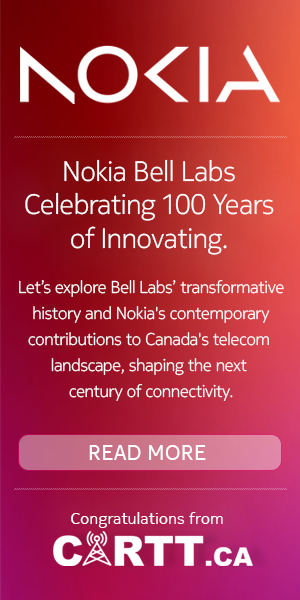GATINEAU – CRTC commissioners were given a lesson in basic cable architecture on Wednesday as Rogers, Shaw, Cogeco, Videotron and EastLink faced the panel considering CRTC 2009-261, the wholesale high-speed access services proceeding.
The overall message appeared to be a detailed reminder to the Regulator from cable that “we’re different. Cable is a shared network that can’t be unbundled.”
Some have asked, for example, that a single 6 MHz channel (the space in which one analog TV channel is transmitted but which can be crammed full of digital and IP data and is by MSOs) be set aside for wholesale access by third party ISPs.
Can’t be done, said the cablecos to the Commission. “There is no physical facility in a cable network that can be unbundled because the cable network is shared all the way from the head-end to the home,” said Rogers senior vice-president, regulatory, Ken Engelhart. “There are no known viable technical solutions to co-manage the shared network by the cable carrier and a third party ISP.
“While we do not believe there should be any mandated wholesale access services; if such service is to be mandated, the current third party Internet access (TPIA) obligation is the only form of wholesale access that should be mandated,” he added. TPIA sets out a tariff structure paid by third party ISPs which lease connectivity via cable, like Bell’s GAS option for third party resellers
And as far as speed-matching is concerned (providing third party ISPs with the same speeds that the incumbent ISPs provide their own retail customers – and something the panel has been concerned with when it had the incumbent telcos in front of them) that’s not an issue, insisted the MSOs.
“We provide them the same level we offer to ourselves,” said Shaw Communications’ senior VP of regulatory affairs Jean Brazeau.
This seemed to surprise CRTC chairman Konrad von Finckenstein (although to be fair, we weren’t in the hearing room, but listening for hours online) who said: “This is contrary to the information I have received from my expert staff.”
When he asked the other cablers on the panel if the same was true for them, Rogers’ Engelhart began a longer answer, to which von Finckenstein interrupted and said: “I am tired of being misled by you guys by not answering my questions directly.”
The MSOs stated that generally, they offer the exact same speeds and interconnection points for third party high speed Internet resellers as they offer to themselves because since their networks are shared, they basically have to.
Part of the puzzle of the proceeding has to do with the differences in cable and telecom networks. Cable is a shared network and primarily available to residences while the telecom was made for one-to-one communication and has always been interconnected with businesses of all sizes, as well as homes.
Cable networks don’t do VPNs or LANs the way the telcos do, for example. “We don’t allow residential customers to use the (cable network) for business at all,” added Cogeco’s VP corporate engineering Chris MacFarlane.
And perhaps because of all this “Cable is the Rodney Dangerfield of the telecom industry. We don’t get no respect because no one understands it,” added Engelhart.
One of those companies that does serve the business market is MTS Allstream and its executives, too, appeared in front of the CRTC Wednesday. But, they didn’t give the Commission a network tutorial. Instead the company demanded that wholesale access to third party providers serving business clients must be mandated.
The company’s chief corporate officer Chris Peirce noted that because there are two facilities-based (three, counting wireless, more counting third party resellers who use their nets and others) competitors “we are seeing the virtuous results” of competition in the residential market.
But in the business market, where the incumbent has the only wired network, “you are not seeing that there,” he added. “Cable is not a presence there,” and at this point, “you won’t get another end to end network built,” explained Peirce.
Allstream division president Dean Prevost noted the company is building its network into 675 more buildings over the next two years (on top of the 2,100 they are already in), but it’s nowhere near enough. “We’re not able to be a competitor if we don’t have access and access today means high speed,” he said.
“There is no way to do it without having wholesale access.”




